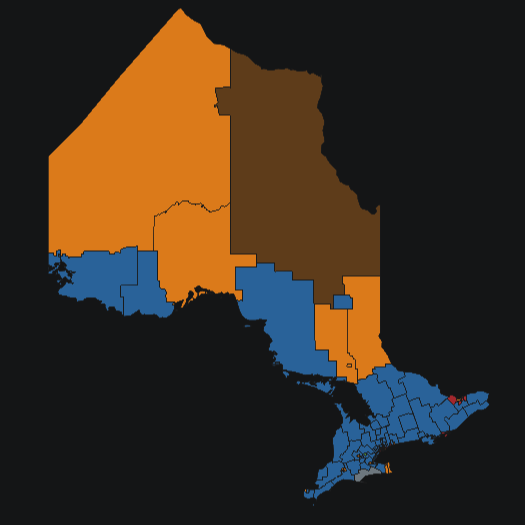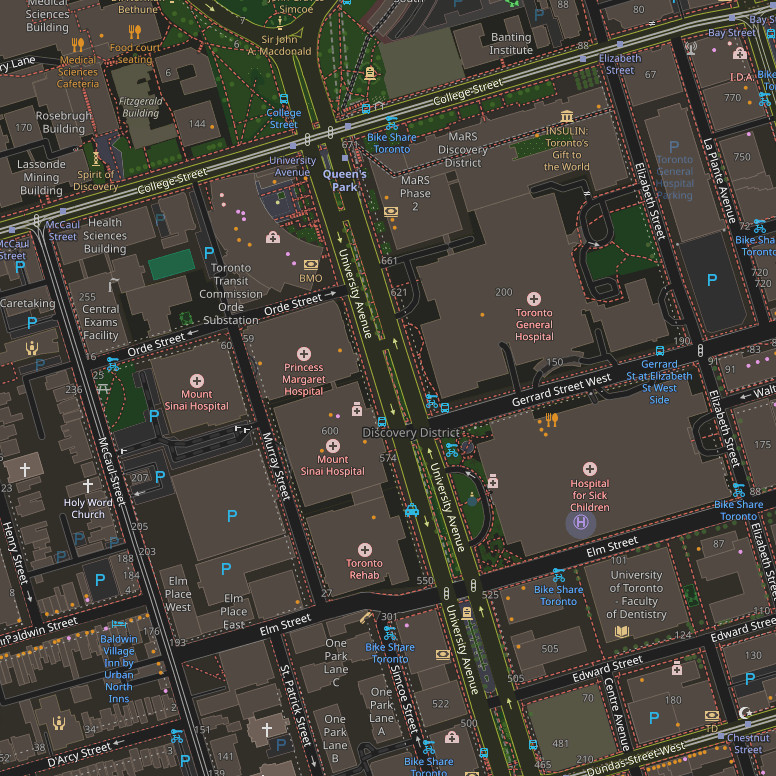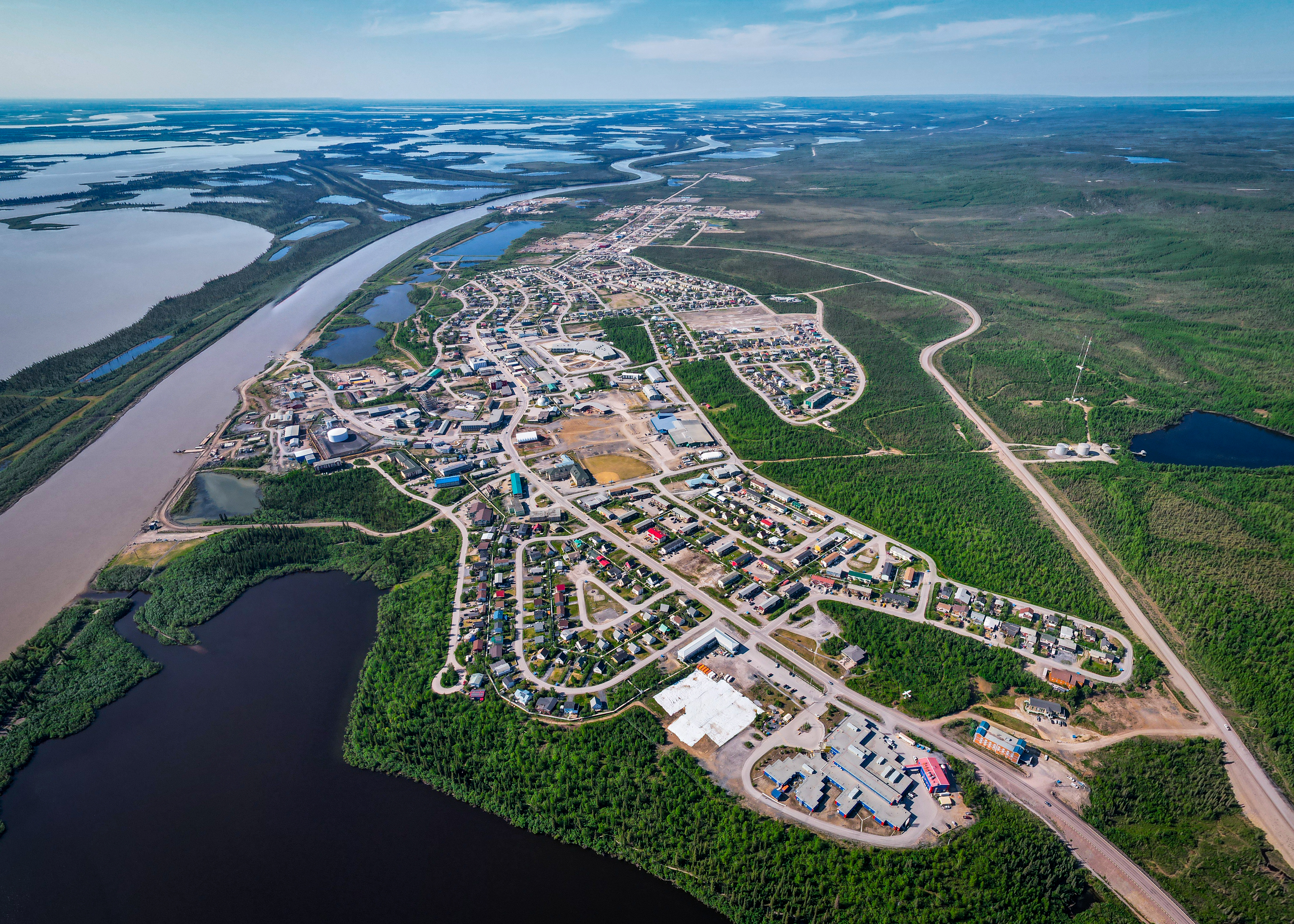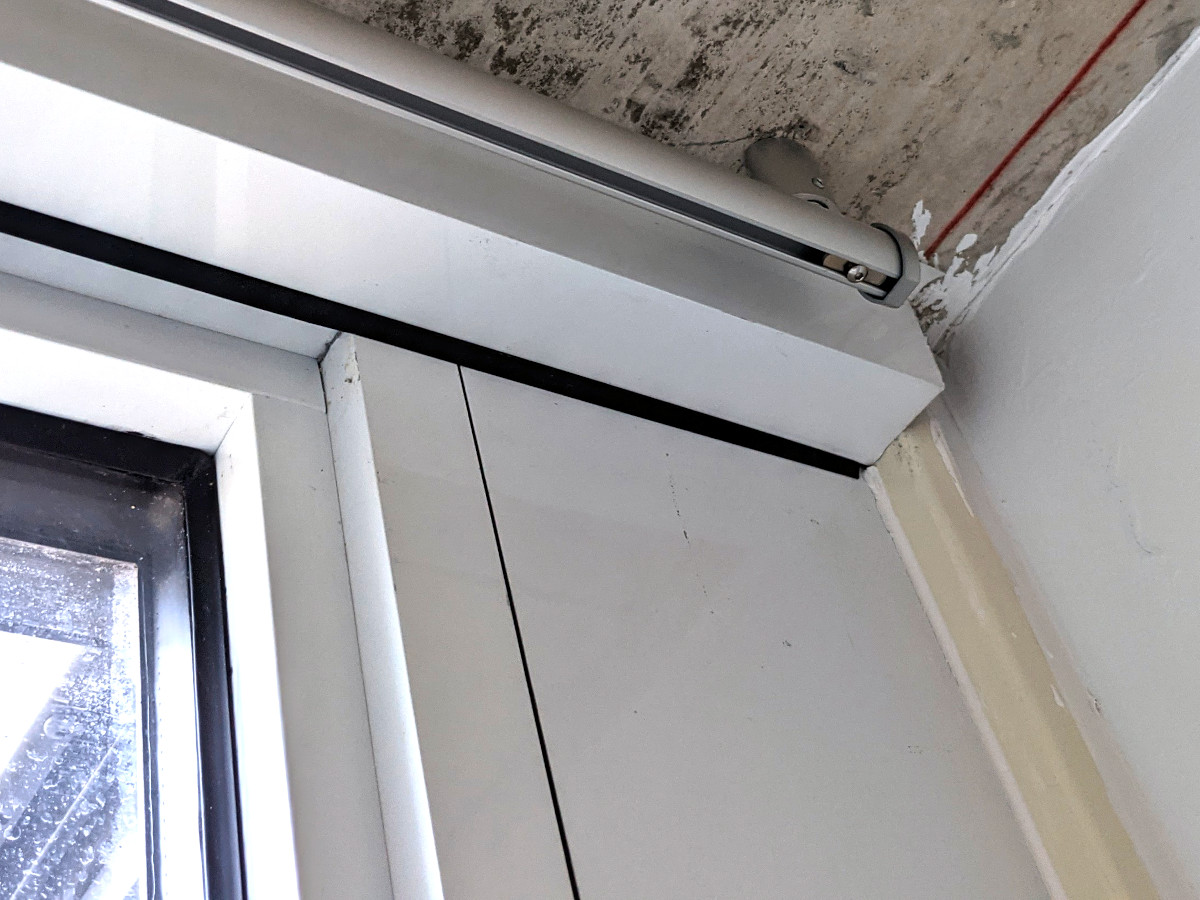In these 32 ridings the PC candidate won thanks to vote splitting. Results are as of this morning and may have changed slightly.
Thanks to all spoiler candidates listed below /s
26 spoiler candidates are New Democrats, 11 are Green, and 5 are Liberal. Only one NDP candidate, Natasha Doyle-Merrick, had the decency to step down in Eglinton-Lawrence, but that election was still spoiled by Green candidate Leah Tysoe 😡
First past the post 👎👎👎
York South-Weston: election spoiled by Faisal Hassan (NDP); Daniel Di Giorgio (Liberal) would have won by 7957 votes (25%)
Hamilton Mountain: election spoiled by Kojo Damptey (NDP); Dawn Danko (Liberal) would have won by 8021 votes (21%)
Peterborough-Kawartha: election spoiled by Jen Deck (NDP); Adam Hopkins (Liberal) would have won by 7232 votes (13%)
Sault Ste. Marie: election spoiled by Gurwinder Dusanjh (Liberal); Lisa Vezeau-Allen (NDP) would have won by 2920 votes (10%)
Burlington: election spoiled by Megan Beauchemin (NDP); Andrea Grebenc (Liberal) would have won by 4447 votes (8%)
Hamilton East-Stoney Creek: election spoiled by Zaigham Butt (NDP); Heino Doessing (Liberal) would have won by 2784 votes (7%)
Kitchener South-Hespeler: election spoiled by Jeff Donkersgoed (NDP) and Jessica Riley (Green); Ismail Mohamed (Liberal) would have won by 2653 votes (7%)
Scarborough Centre: election spoiled by Sonali Chakraborti (NDP); Mazhar Shafiq (Liberal) would have won by 2104 votes (7%)
Kitchener-Conestoga: election spoiled by Jodi Szimanski (NDP); Joe Gowing (Liberal) would have won by 2636 votes (6%)
Bruce-Grey-Owen Sound: election spoiled by Joel Loughead (Green) and James Harris (NDP); Selwyn Hicks (Liberal) would have won by 2591 votes (6%)
Wellington-Halton Hills: election spoiled by Bronwynne Wilton (Green) and Simone Kent (NDP); Alex Hilson (Liberal) would have won by 3061 votes (6%)
Bay of Quinte: election spoiled by Amanda Robertson (NDP); David O'Neil (Liberal) would have won by 2629 votes (6%)
Mississauga-Erin Mills: election spoiled by Mubashir Rizvi (NDP); Qasir Dar (Liberal) would have won by 2067 votes (6%)
Thunder Bay-Atikokan: election spoiled by Stephen Margarit (Liberal); Judith Monteith-Farrell (NDP) would have won by 1436 votes (5%)
Willowdale: election spoiled by Boris Ivanov (NDP); Paul Saguil (Liberal) would have won by 1192 votes (4%)
Eglinton-Lawrence: election spoiled by Leah Tysoe (Green); Vince Gasparro (Liberal) would have won by 1223 votes (3%)
Milton: election spoiled by Katherine Cirlincione (NDP) and Susan Doyle (Green); Kristina Tesser Derksen (Liberal) would have won by 993 votes (2%)
Cambridge: election spoiled by Marjorie Knight (NDP); Rob Deutschmann (Liberal) would have won by 999 votes (2%)
Whitby: election spoiled by Jamie Nye (NDP) and Steven Toman (Green); Roger Gordon (Liberal) would have won by 1130 votes (2%)
Mississauga East-Cooksville: election spoiled by Alex Venuto (NDP); Bonnie Crombie (Liberal) would have won by 649 votes (2%)
Perth-Wellington: election spoiled by Jason Davis (NDP) and Ian Morton (Green); Ashley Fox (Liberal) would have won by 674 votes (2%)
Pickering-Uxbridge: election spoiled by Khalid Ahmed (NDP) and Mini Batra (Green); Ibrahim Daniyal (Liberal) would have won by 692 votes (2%)
Brantford-Brant: election spoiled by Ron Fox (Liberal) and Karleigh Csordas (Green); Harvey Bischof (NDP) would have won by 764 votes (1%)
Parry Sound-Muskoka: election spoiled by David Innes (Liberal); Matt Richter (Green) would have won by 451 votes (1%)
Mississauga-Lakeshore: election spoiled by Spencer Ki (NDP); Elizabeth Mendes (Liberal) would have won by 350 votes (1%)
Newmarket-Aurora: election spoiled by Denis Heng (NDP); Chris Ballard (Liberal) would have won by 329 votes (1%)
Mississauga Centre: election spoiled by Waseem Ahmed (NDP); Sumira Malik (Liberal) would have won by 216 votes (1%)
Etobicoke Centre: election spoiled by Giulia Volpe (NDP) and Brian Morris (Green); John Campbell (Liberal) would have won by 258 votes (1%)
Mississauga-Streetsville: election spoiled by Shoaib Khawar (NDP); Jill Promoli (Liberal) would have won by 183 votes
Scarborough-Rouge Park: election spoiled by Hibah Sidat (NDP) and Victoria Jewt (Green); Morris Beckford (Liberal) would have won by 115 votes
Algoma-Manitoulin: election spoiled by Reg Niganobe (Liberal); David Timeriski (NDP) would have won by 94 votes
Oakville: election spoiled by Diane Downey (NDP); Alison Gohel (Liberal) would have won by 2 votes





I actually prefer penut butter in savoury foods, so not at all offended by this sandwich (properly seasoned).